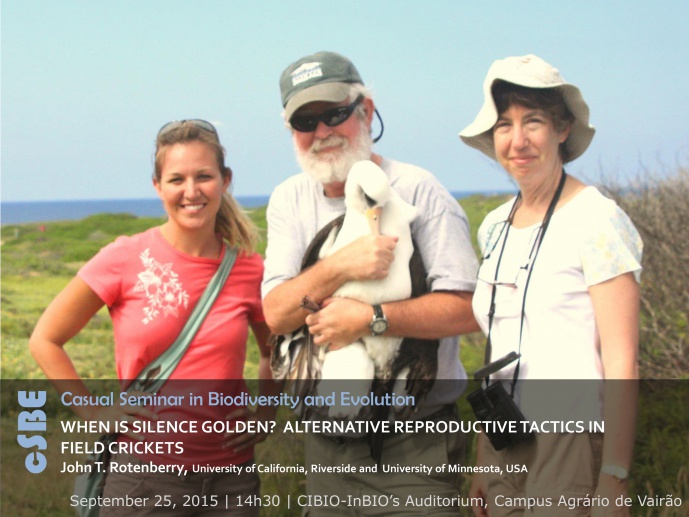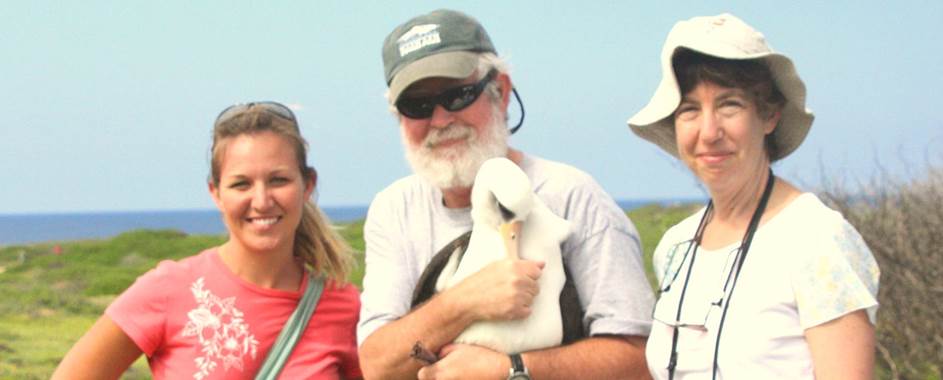WHEN IS SILENCE GOLDEN? ALTERNATIVE REPRODUCTIVE TACTICS IN FIELD CRICKETS

CASUAL SEMINAR IN BIODIVERSITY AND EVOLUTION

When conspicuous sexual signals become risky to produce because of eavesdropping predators, some males may engage in alternative behaviors to achieve mating while avoiding the costs of signaling. For example, populations of field crickets are often parasitized by a fly that locates calling males by their songs. This generates a high cost to calling (attracting a fatal parasitoid) and creates perfect conditions for an alternative reproductive tactic. Males in these populations can engage in “satellite” mating behavior, in which they silently approach the songs of calling males and hang around while attempting to intercept incoming females. This and similar alternative reproductive tactics are widespread in nature, and understanding how selection maintains multiple behavioral mating strategies in the same population is key to understanding how behavioral diversity evolves.
We took a new look at this question by asking what happens when natural selection is presented with individuals that can express both alternatives but in different ratios. Our individual-based model investigates the effects of population density, sex ratio, female behavior, and parasitism intensity on selection on males that engaged in different levels of satellite behavior. We find that while many contexts favored extremes of phenotype - either all satellite or all calling behavior- certain conditions favor mixed strategies, even under conditions of very high parasitism rates. Surprisingly, we also find that, overall, our model predicts that elements of sexual selection (male attractiveness) ultimately accounts for more variation in male reproductive success than degree of satellite behavior. Our individual-centered approach yields insight into how individual variation in expression of discrete behavioral phenotypes allows for the maintenance of behavioral diversity over time.
John T. Rotenberry is Professor of Biology, Emeritus, and, since 2012 also Professor of the Graduate Division at the University of California, Riverside. His main research focus is associated with the study of community ecology and conservation biology, particularly concerning communities in semi-arid shrubsteppe habitat, with emphasis on birds, shrubs, and arthropods; annual plants and their pollinators in old-field ecosystems; and conservation biology of vertebrates from a landscape ecological perspective. He also served as the Campus Director for the portion of the UC Natural Reserve System managed by UCR and more recently assumed a similar responsibility in The University of Minnesota.
[Hosts: Luís Reino, Pedro Beja and Joana Santana, Applied Ecology]
Image credits: John T. Rotenberry